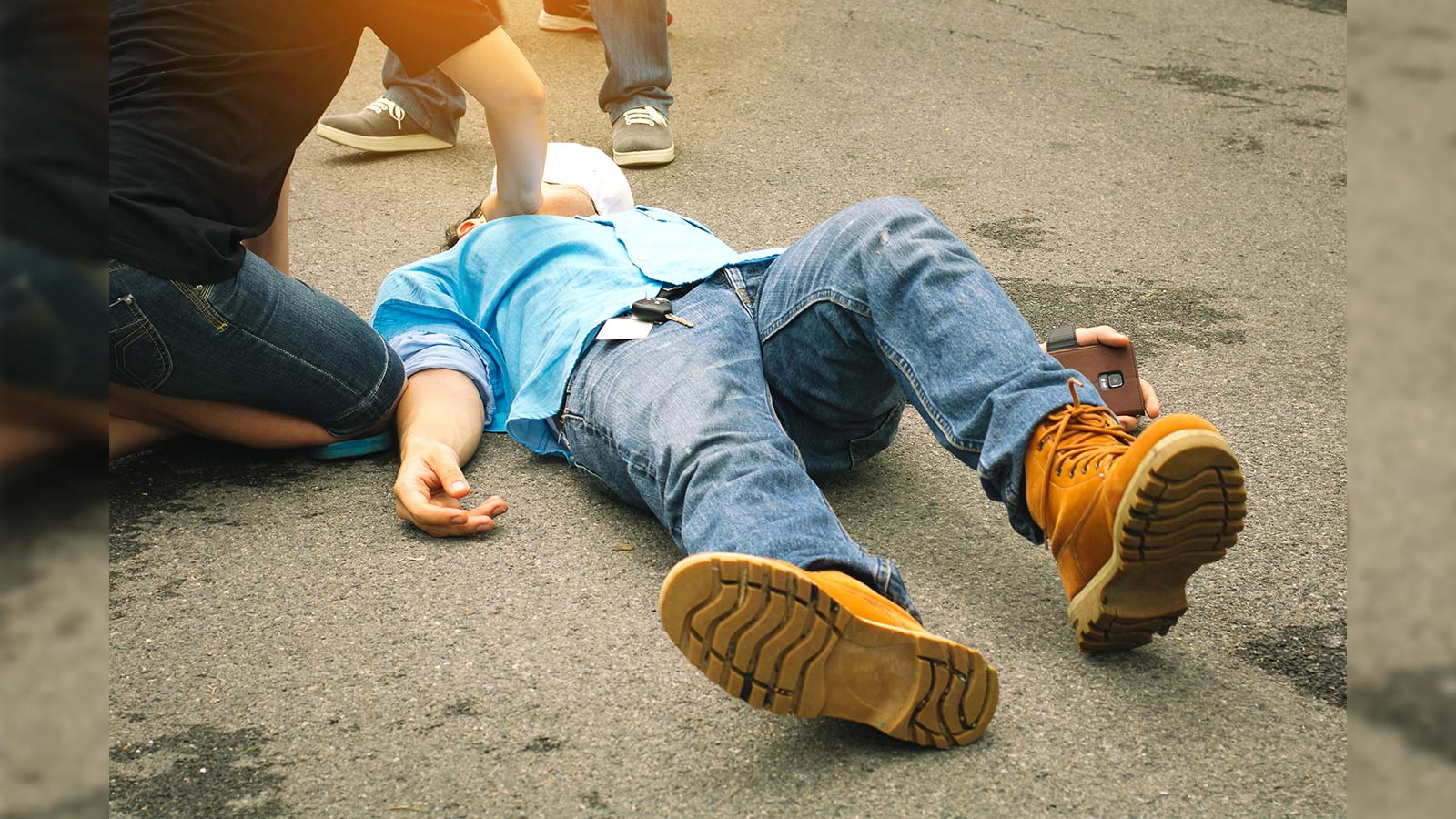Last week, a 16-year-old Temasek Secondary School student, Muhammad Aniq, put his first-aid skills to good use by helping an elderly man who had fallen in his home.
It happened when Aniq and his friend Norizam Baharon were revising at the study area at Block 270, Tampines Street 21, when a distressed woman who looked to be in her late 80s approached them to help her husband.
Aniq and Norizam rushed to the couple’s flat and saw the elderly man in his 90s lying on the floor bleeding from his arm and complaining about the pain on his back.
Norizam later described on a Facebook post how Aniq, who recently stepped down from his CCA as a sergeant of his school’s National Civil Defence Cadet Corps to focus on his N-levels, knew immediately what he had to do.
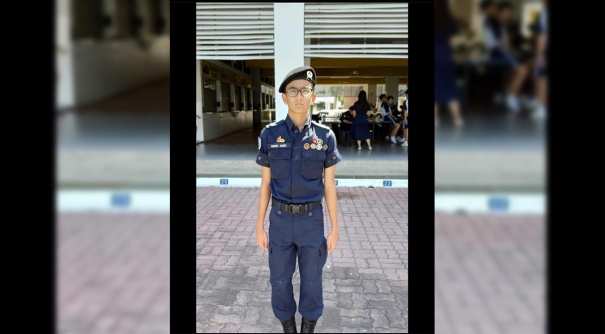
Aniq grabbed the nearest piece of cloth – a shirt – twisted it several times and tied it around the man’s wounded arm to apply pressure and stop the bleeding. He then calmed the old man down, assuring him that everything would be fine.
His quick and composed response not only helped to relieve the injured man’s pain, but also reassured his frantic wife. Aniq and Norizam then kept both of them calm before the paramedics arrived.
The two boys’ act of kindness required a swiftness and decisiveness of action on their part. Not all, especially when lives are at stake; can say that they would be able to do the same.
Pressure faced by first aiders
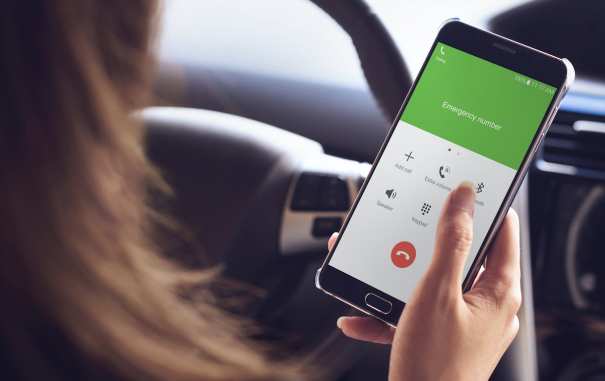
Aniq’s story resonated with me because I recently took a first-aid course, and I wonder if I would have been able to react in such a brave (there was a lot of blood!) and calm manner.
During that two-day session, I learned basic first-aid skills and realised that any person can be trained as a first-aider, even a person like me, without any medical background.
Having said that, learning about first-aid over two days (one day of theory, one day of hands-on training) may give us the skills but not the confidence to put to practice what we learned if faced with a real-life situation.
Already, in our everyday lives, we sometimes hesitate to help in the simplest of situations. What more if such situations happen in a blink of an eye and the wrong action could lead to injury, or worse?
Such pressure may sometimes cause a person to check himself before stepping forward to help.
The many “what ifs” that go on in our minds make us second guess ourselves, especially when it involves other parties whom we may not be ready to take responsibility for.
“What if I break his ribs while doing cardiopulmonary resuscitation (CPR)? What if I make the situation worse? What if I cause his death?” There are some valid concerns of most first-aiders as much as they feel compelled to perform their duty to help those in need.
The pressure faced by a first-aider is understandable but putting things into perspective can help.
My first-aid instructor (who is a paramedic) gave us real-life scenarios for the class to discuss on the appropriate first aid to render. As a result, I am now more confident that as long as I follow the SOPs, I can be in control of any emergency. It definitely helped lift the pressure off me once I became clear of where my responsibility as a first-aider lies and where it ends.
Responsibilities of a first aider
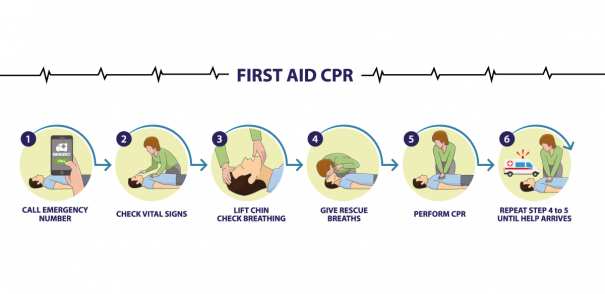
A first-aider is precisely what the name implies. His job is to render aid, first. It is the immediate care provided to someone who has been injured or suddenly ill before the arrival of the ambulance or a medical professional.
A first-aider is not trained to treat long-term conditions like how a medical professional would but instead, his role is to help doctors maintain the chain of survival of a person’s life by providing the simple measures for immediate care.
Even more important than immediate care is first to assess the situation and be clear of what a first-aider can and cannot do, to render the best possible care in an emergency.
In any situation, it is for the first-aider to make a judgement on what can be done, in consultation with the casualty and/or family members and with due respect.
Other stories you might like
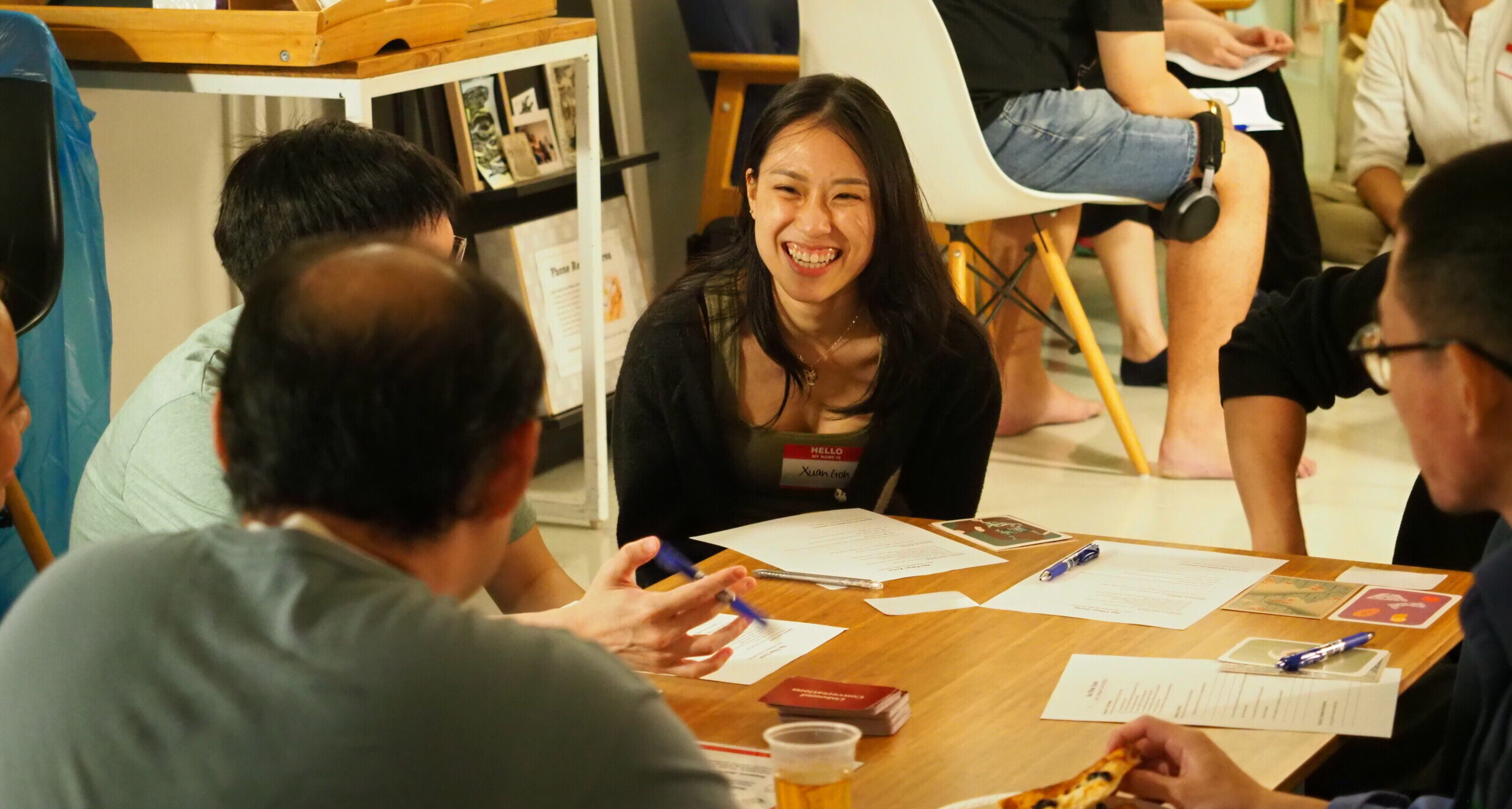
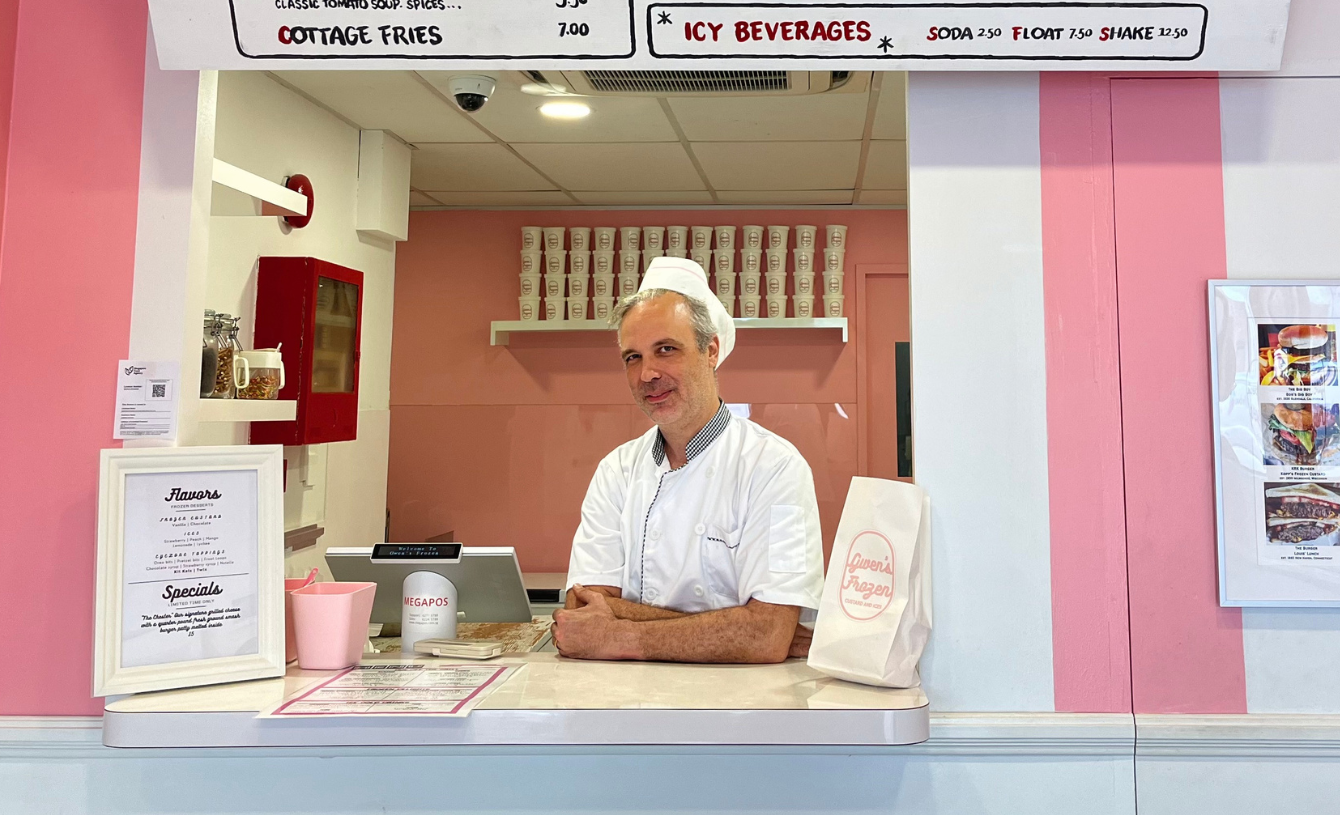

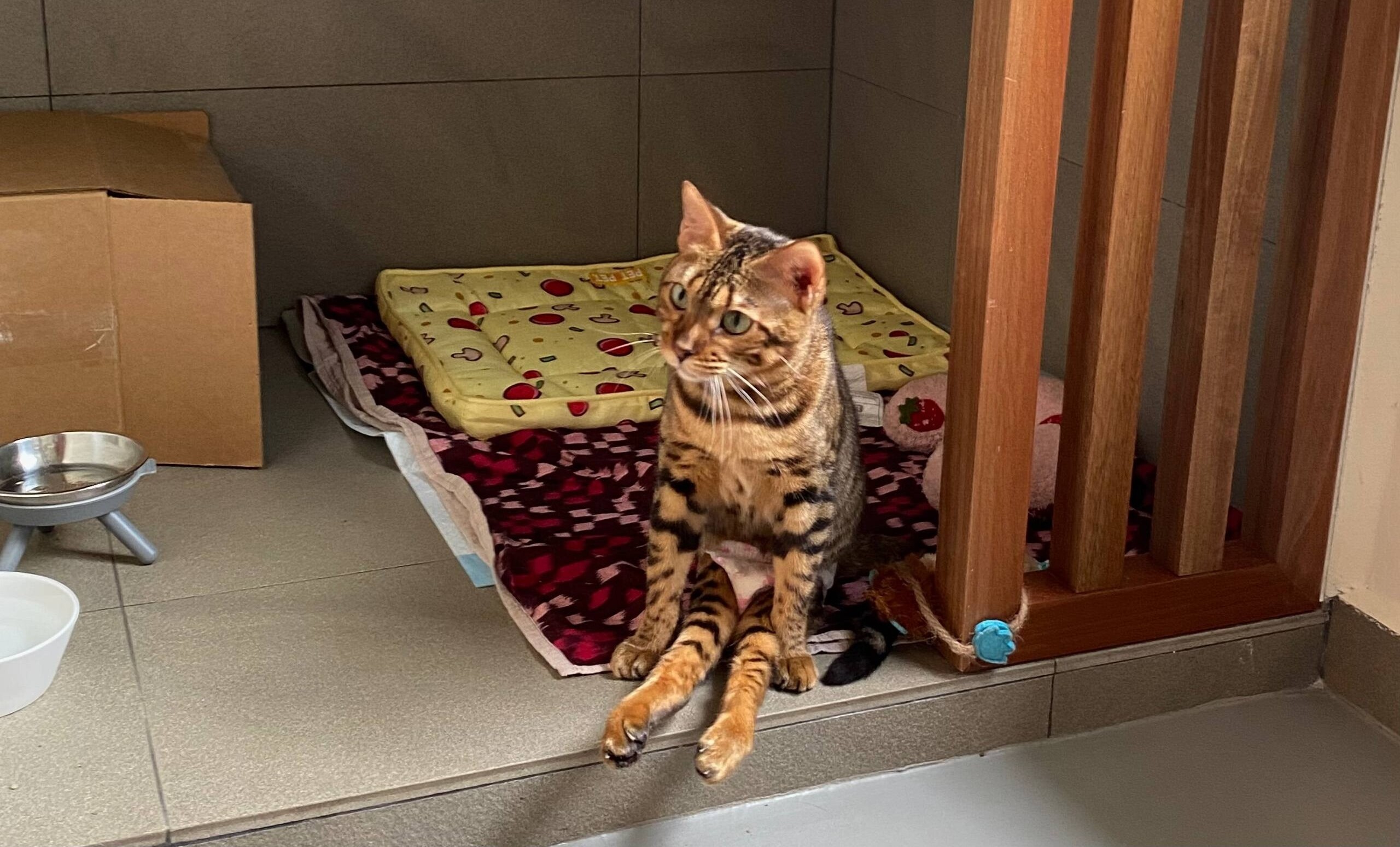
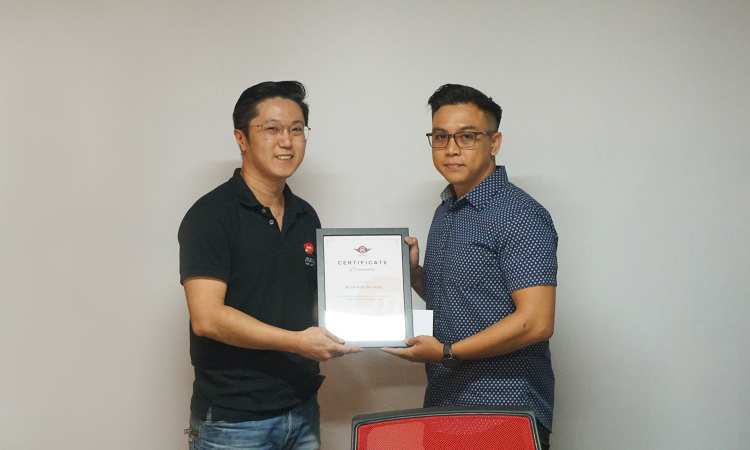
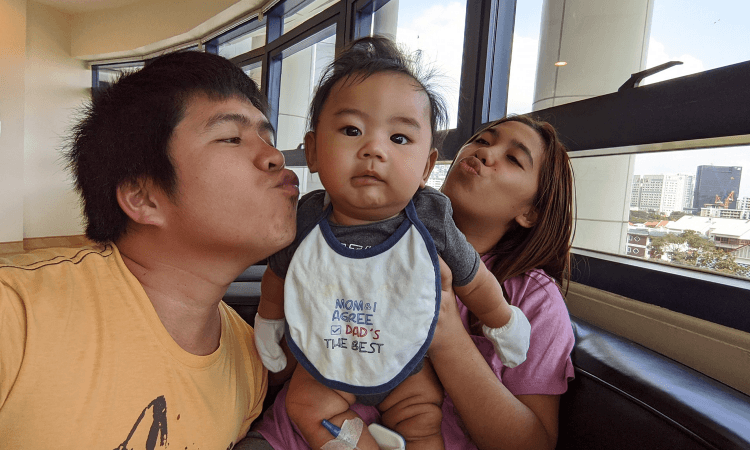
Practice makes perfect
If you believe that this is something you would like to do, consider joining the first-aid volunteers like with the Red Cross Singapore where first-aiders are mobilised for events, ranging from the National Day Parade, Chingay Parade and Istana Open House to community sports events, and family day carnivals.
A volunteer first-aider, Michael Lim tells The Pride: “Volunteering as a first-aider keeps us abreast of the first-aid techniques and enhances our confidence in delivering the skill to patch up the wounded. Whenever we bring smiles to others, we know our efforts are all worthwhile.”

If you are looking for a weekly volunteering session, consider signing up for First Aiders on Wheels. They patrol the East Coast Park every weekend to provide first aid to park-goers in need.
In times of a crisis, like this Covid-19 pandemic that is affecting us now, it’s a good reminder for humans to unite in spirit and action and to support one another in times of need. Be kind, not just to a casualty, but also to the brave heroes who choose to help instead of being a bystander.
So kudos to all certified first-aiders, thank you taking up the challenge to play your part in saving lives!
If you like what you read, follow us on Twitter and Google News to get the latest updates.
